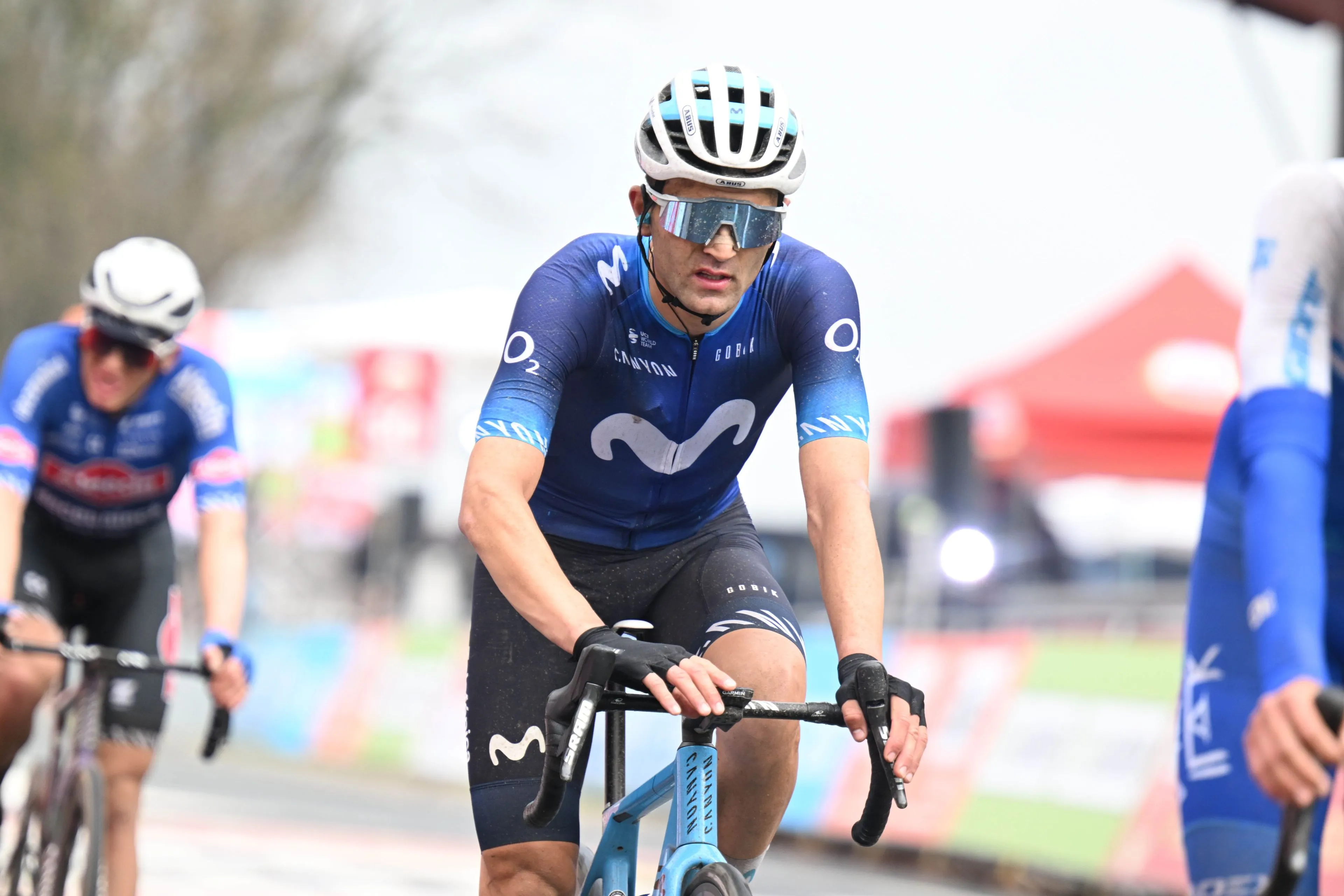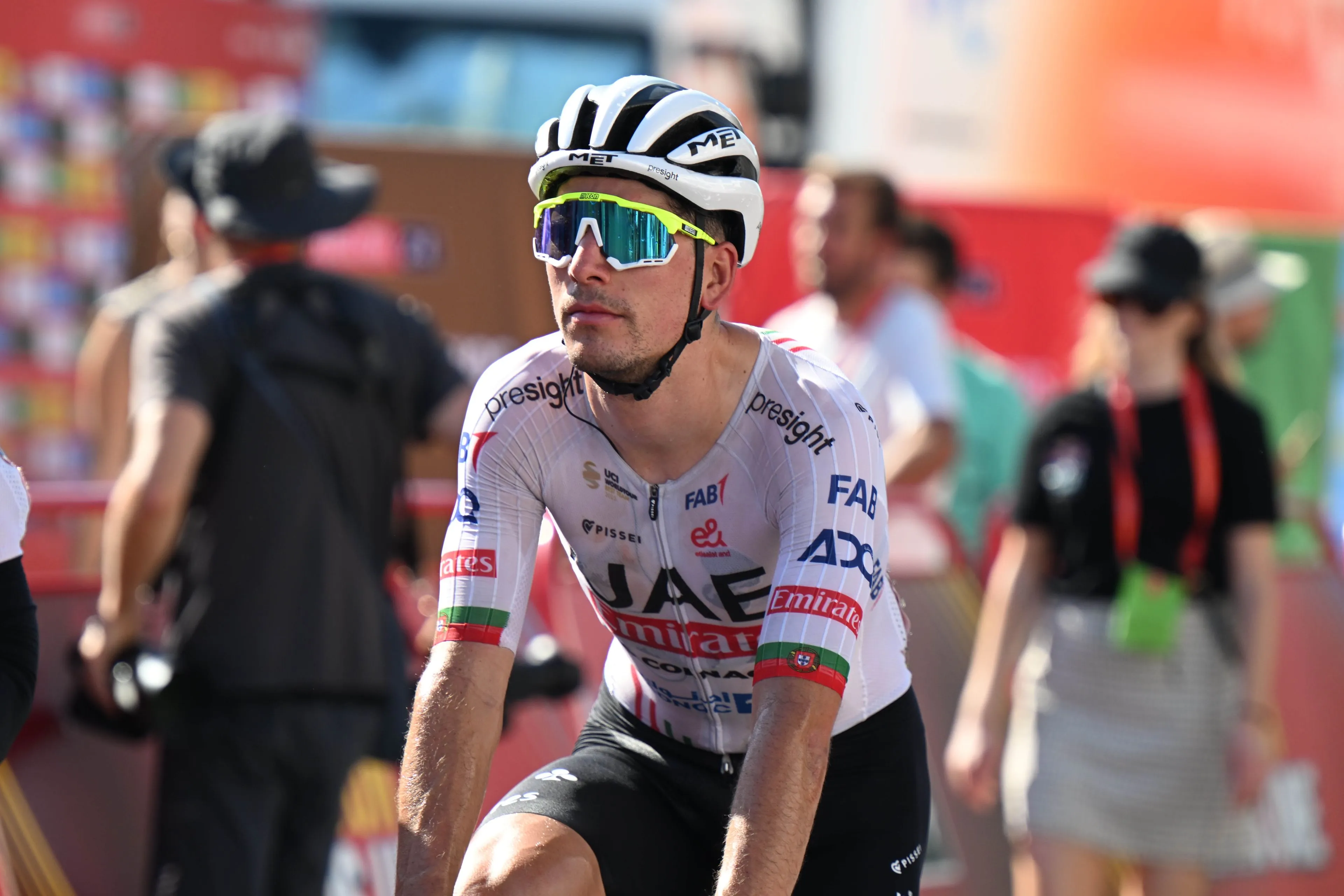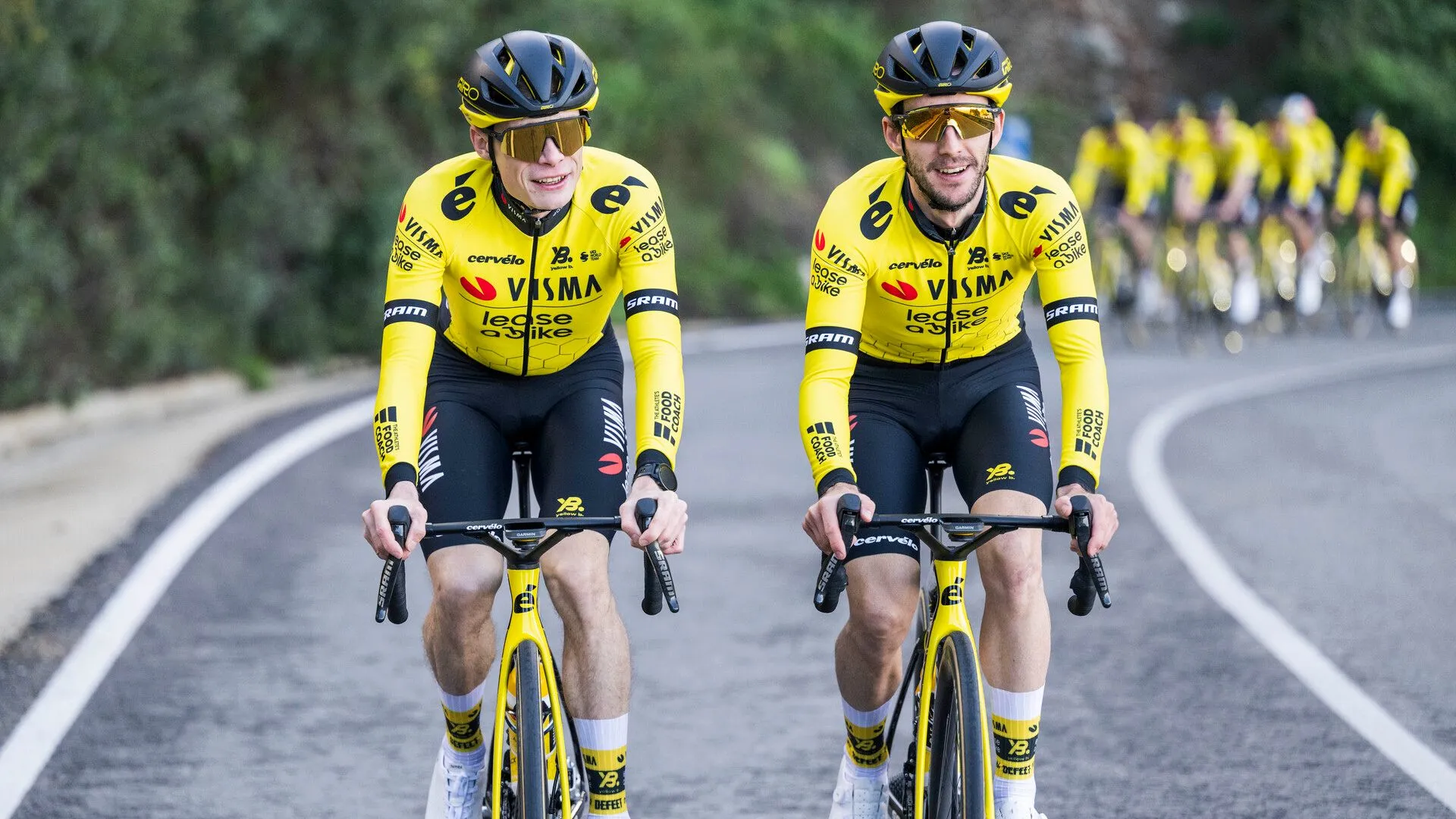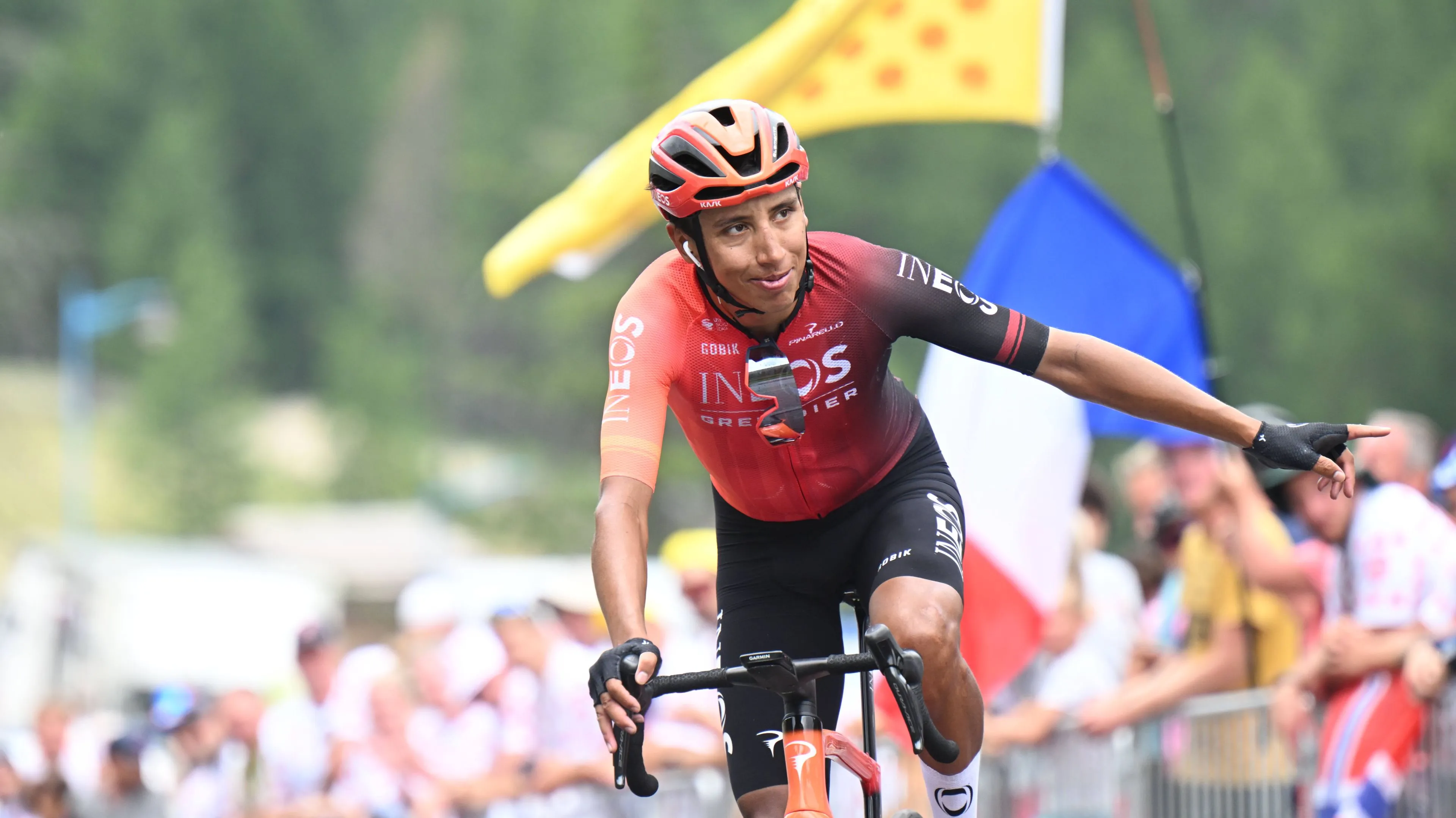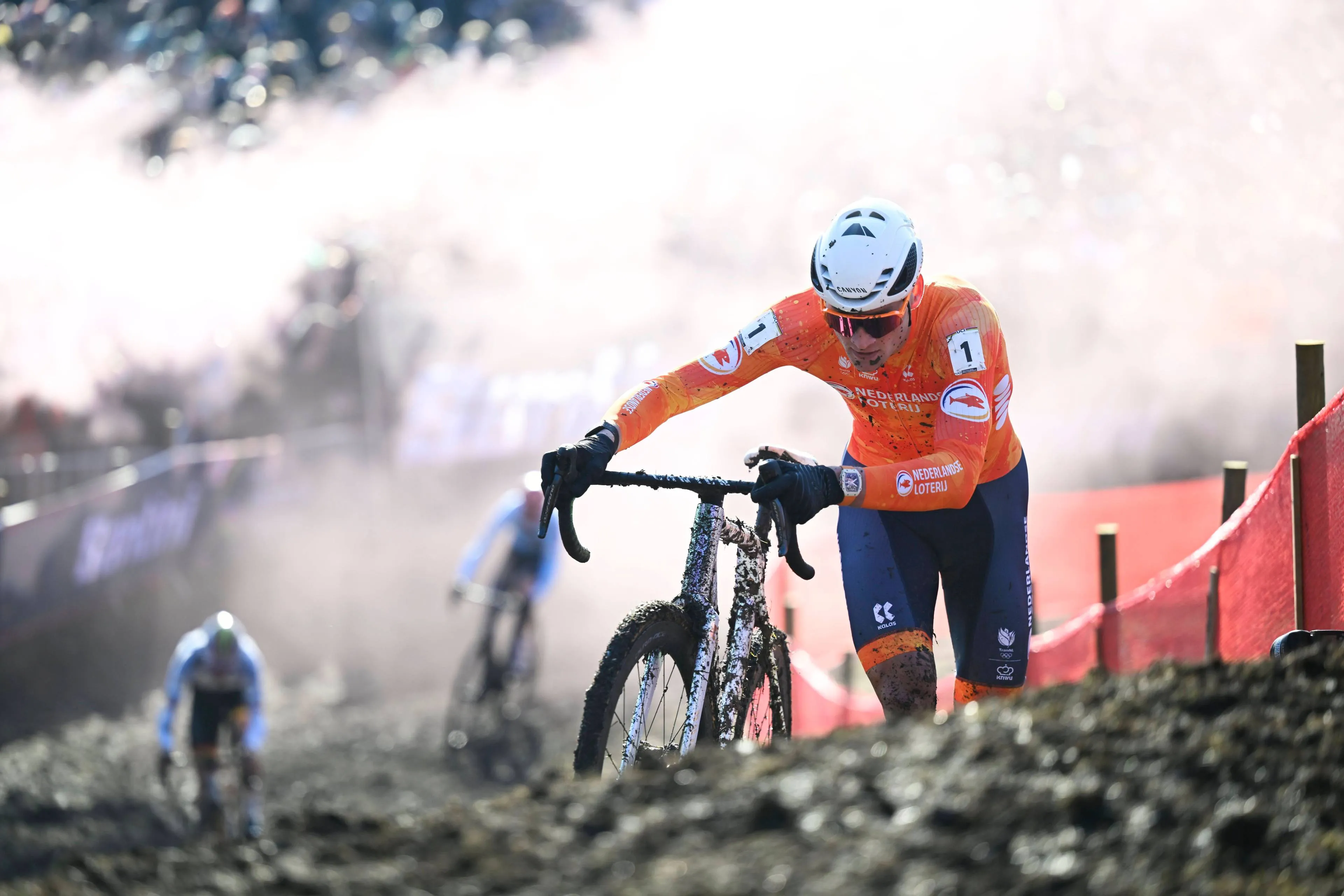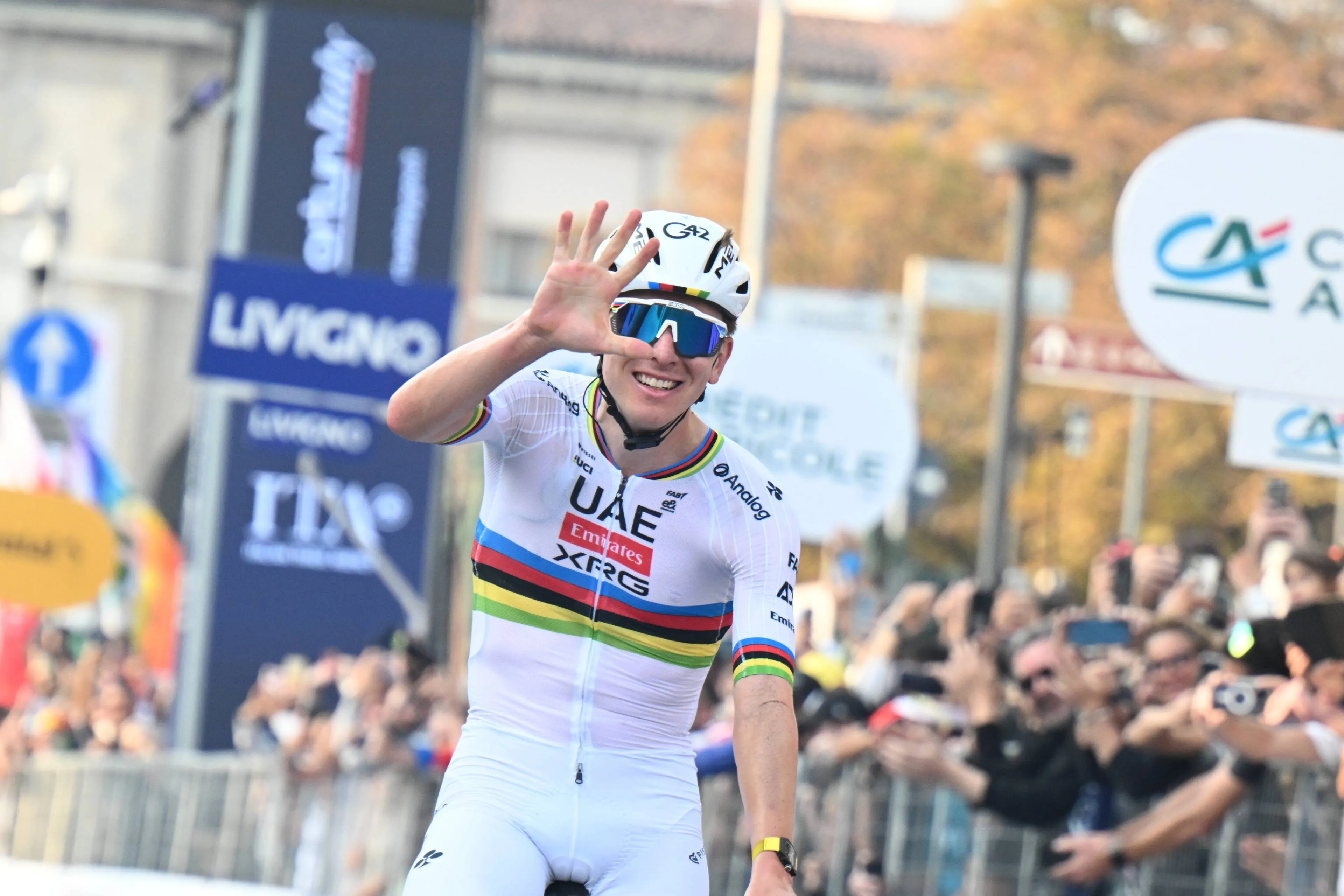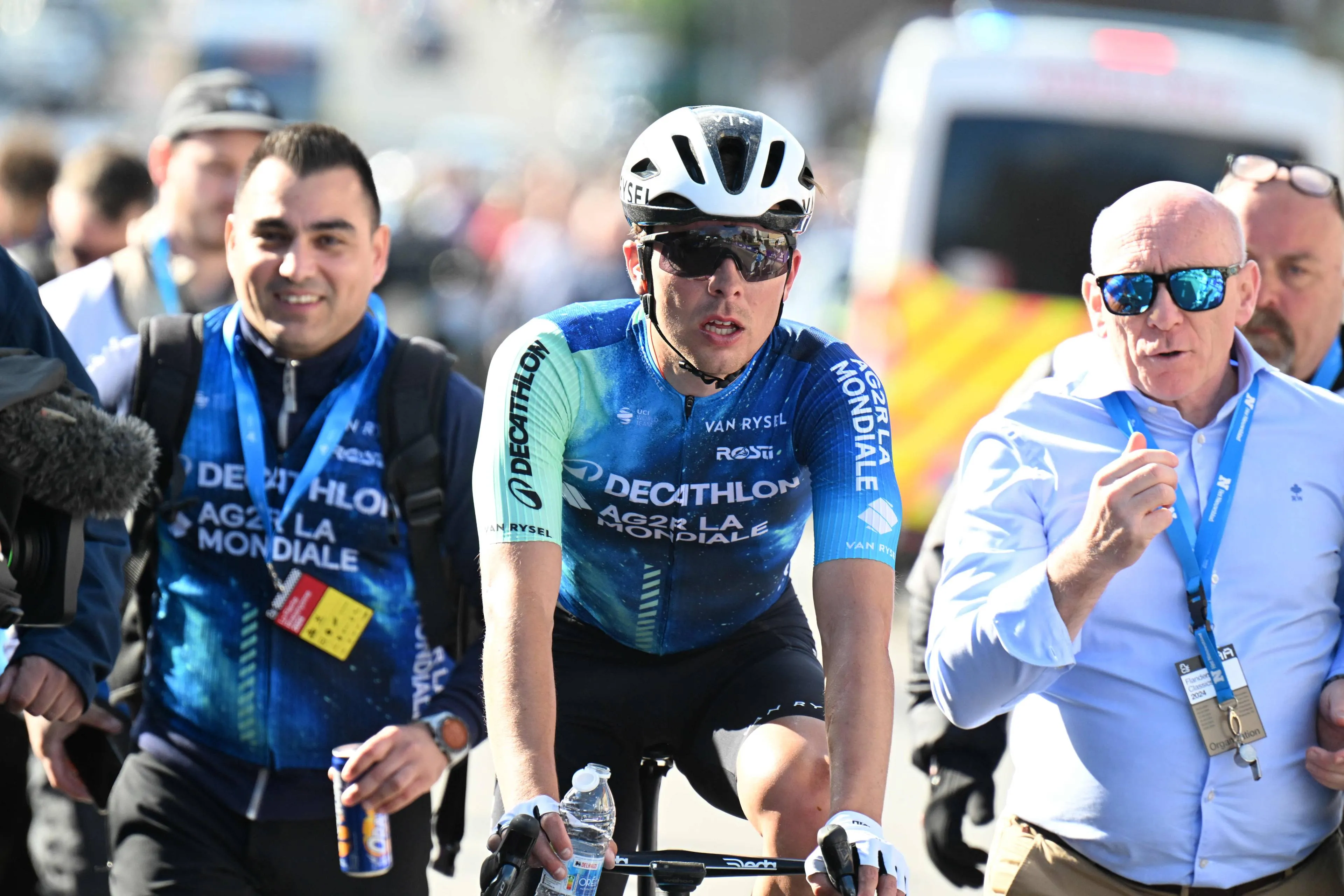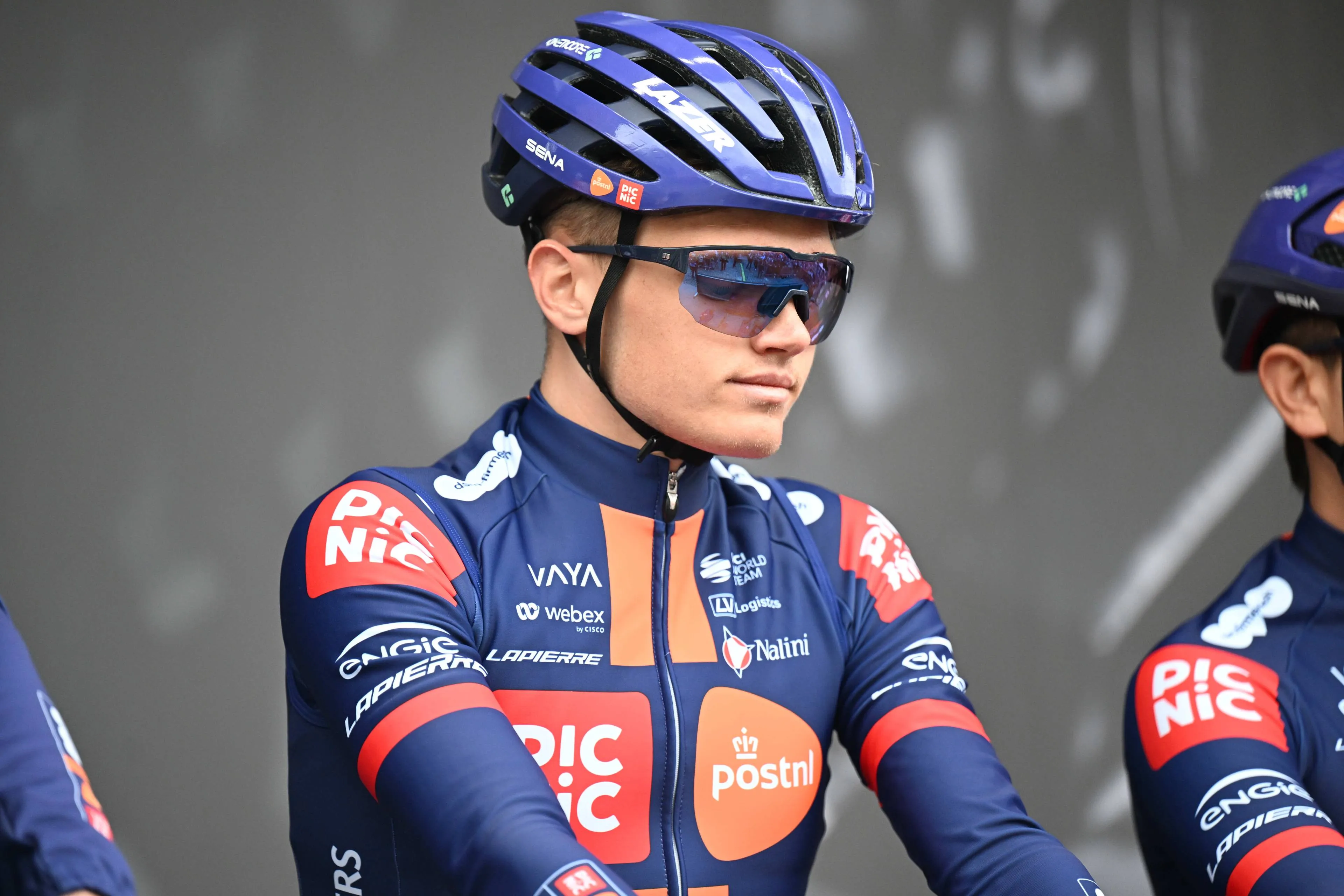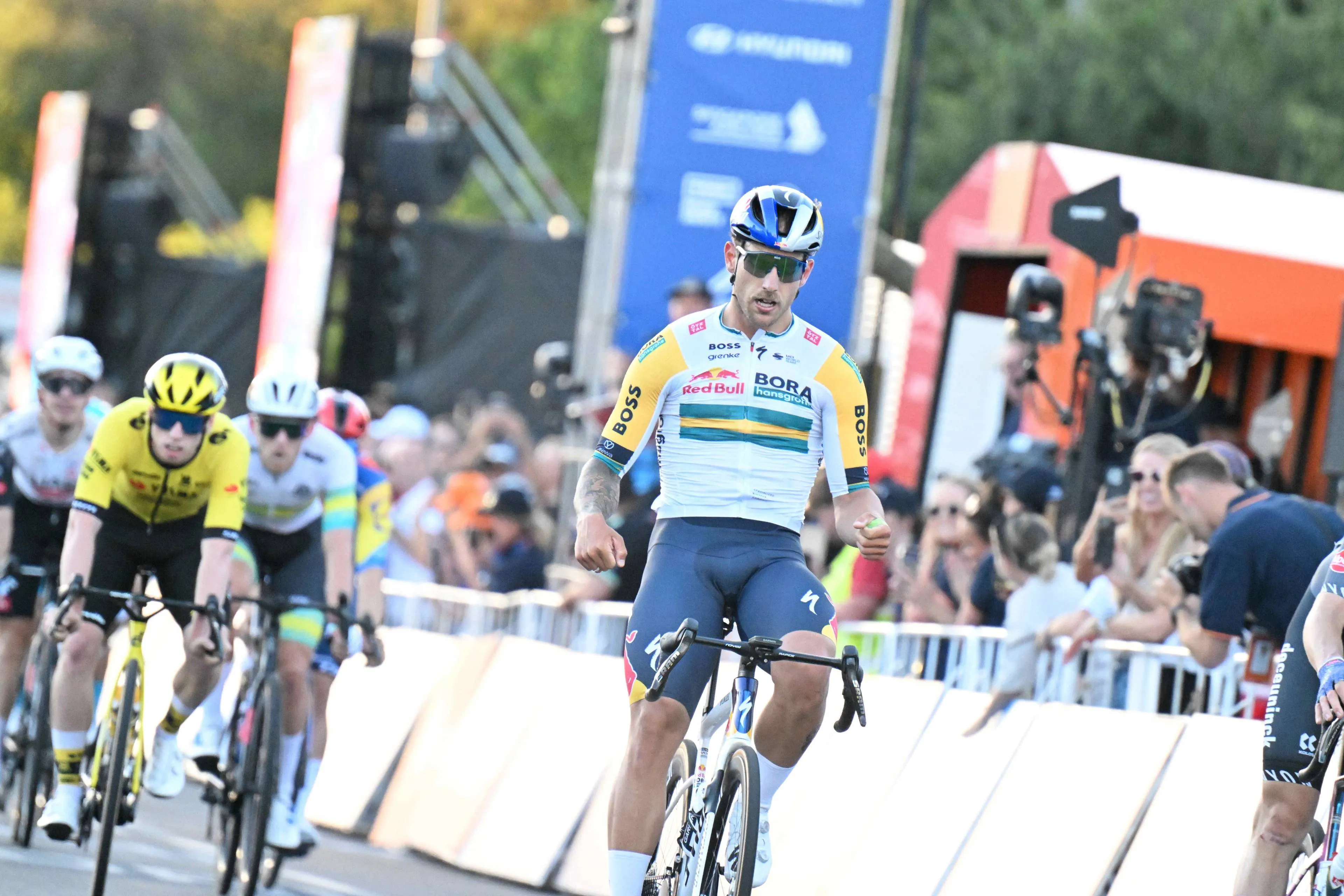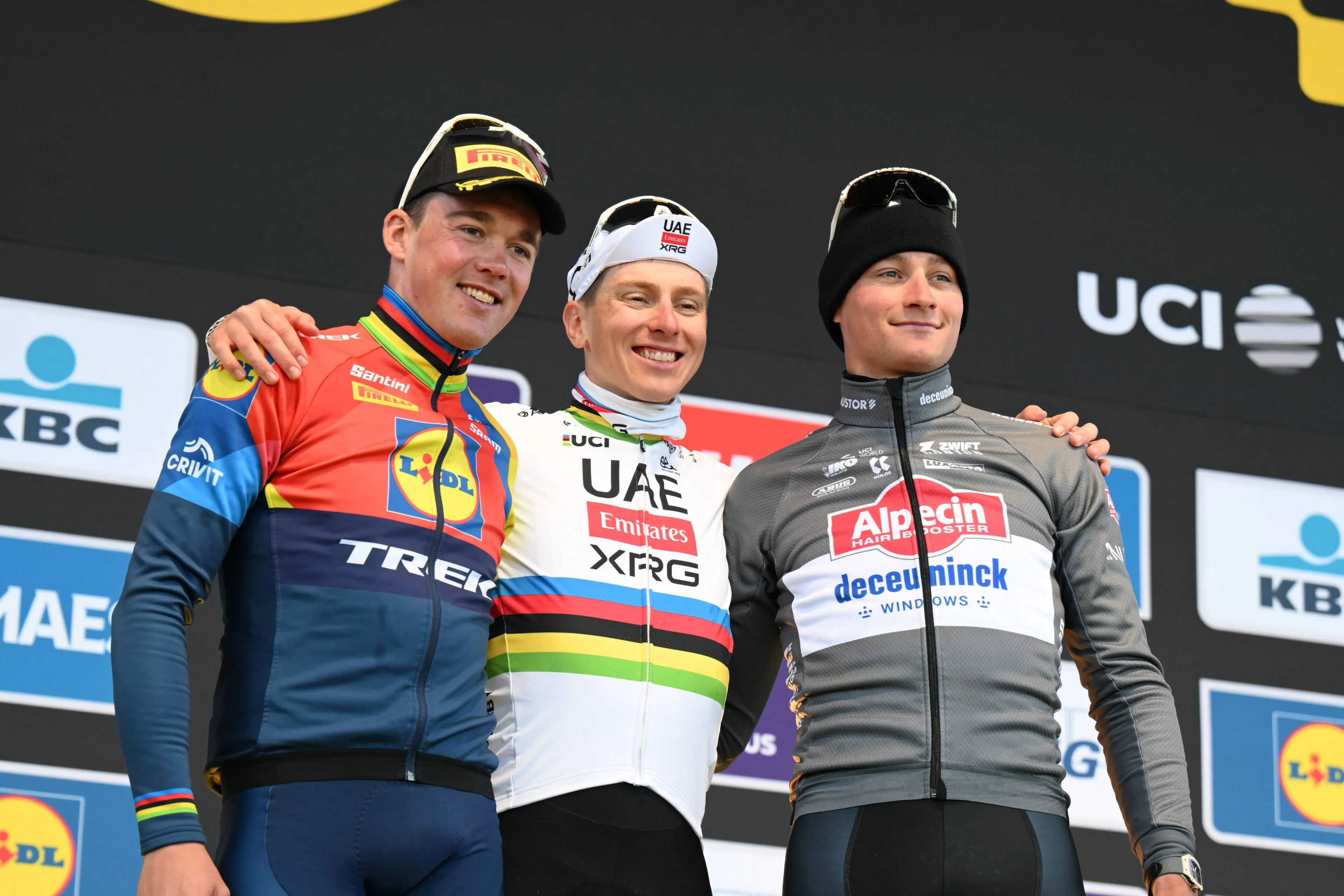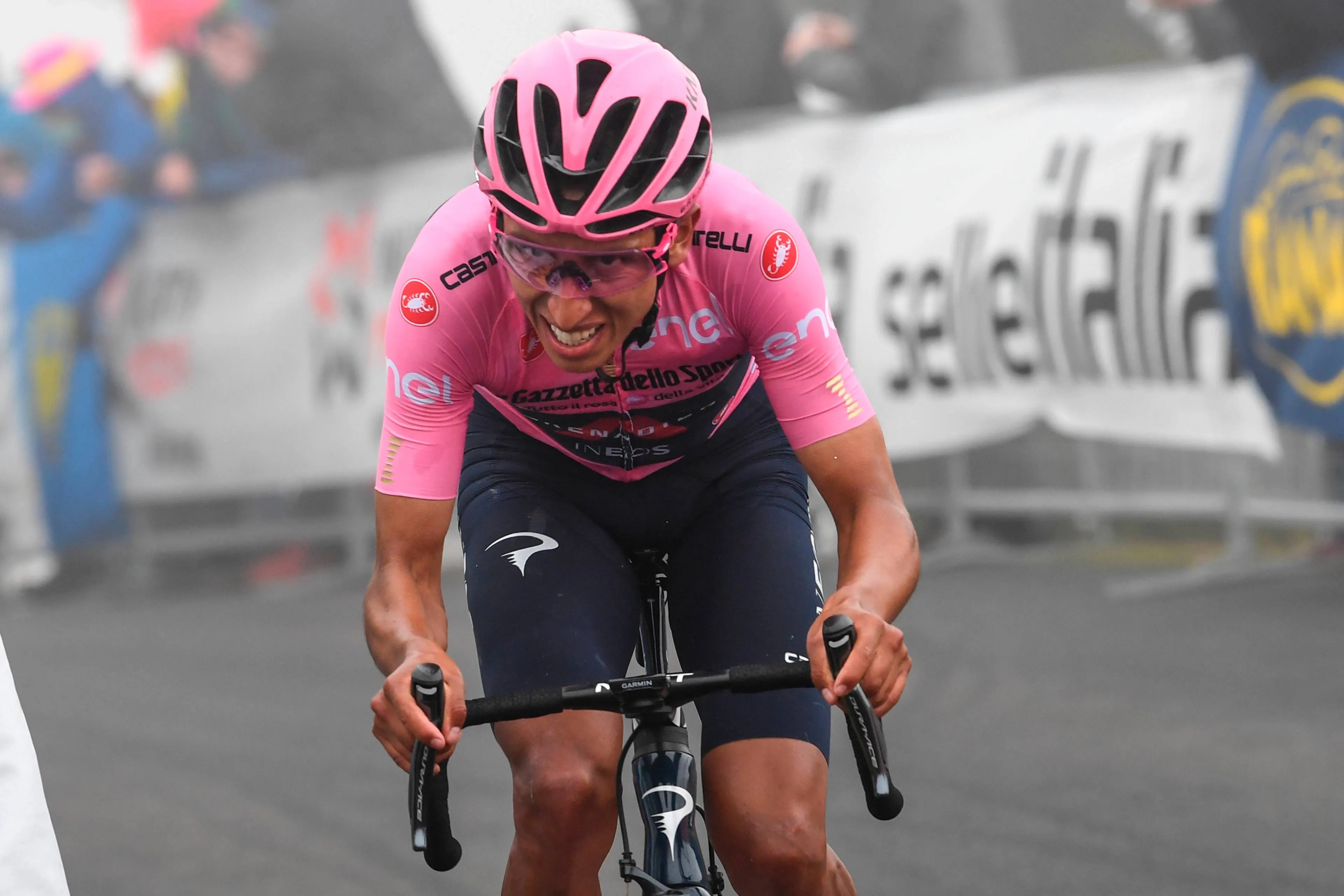140 grams of carbs or more? Has a former INEOS Grenadiers nutritionist found the perfect fuelling strategy for cyclists?
CyclingTuesday, 11 February 2025 at 10:20
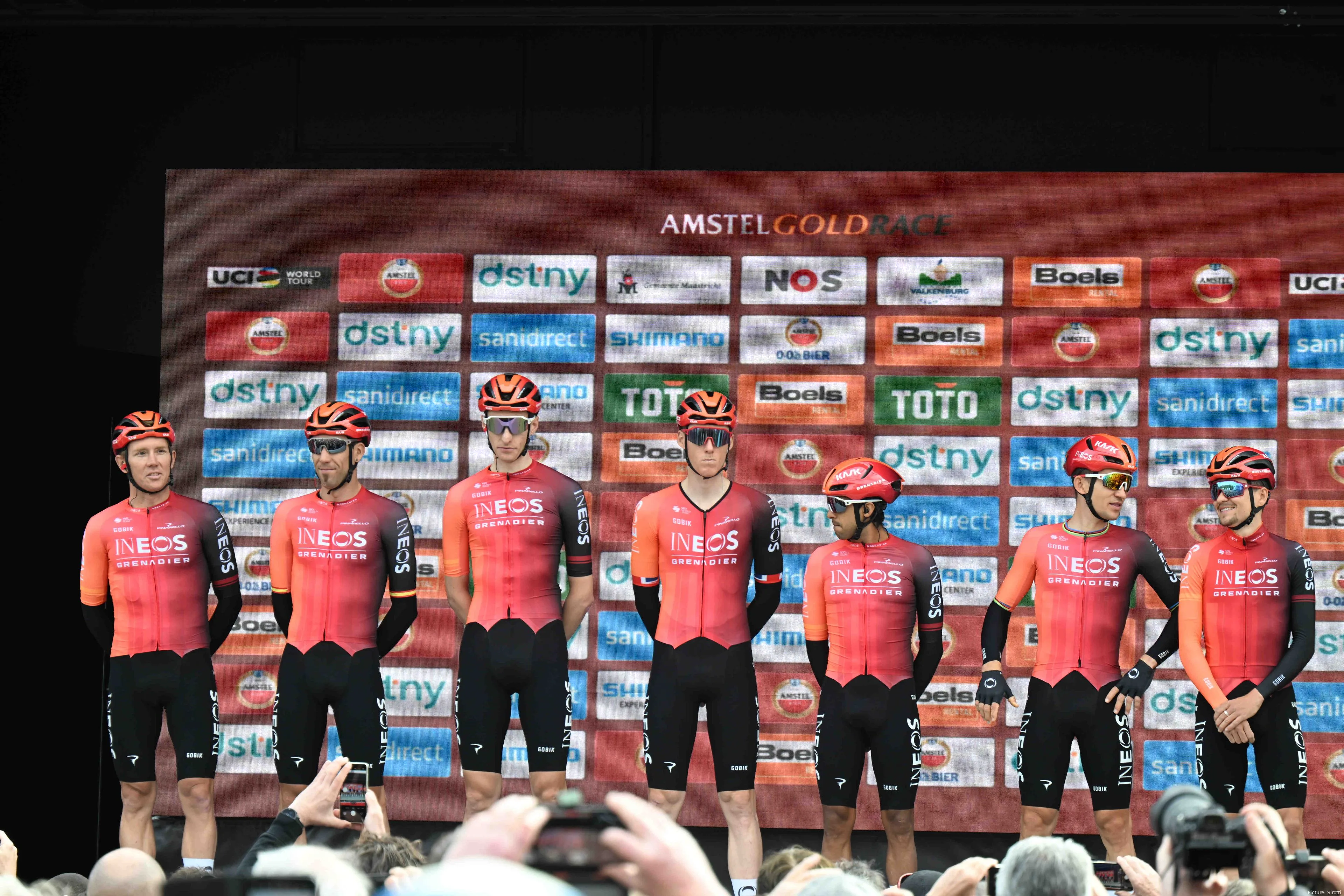
Are the days of 'bonking' over for cyclists? Could this new
approach to fuelling revolutionize the sport?
Former INEOS Grenadiers nutritionist Aitor Viribay Morales
recently spoke with Velo about the rapid advancements in sports nutrition, and
had his say on whether the perfect formula for fuelling has been discovered.
“We still don’t know the carbohydrate ceiling, but 120g is
certainly not the limit,” he stated.
Read also
“Every athlete is very individual, so we cannot say 90, 120,
or even 150 grams is the ceiling for the population as a whole,” he added.
“We’re seeing bike riders and runners go to 150g, 160g per
hour. There are examples of those quantities being sustained for eight to ten
hours.”
The figure of 120 grams per hour has been widely accepted as
an optimal carbohydrate intake level for high-intensity endurance efforts.
Consuming this amount equates to approximately 480 calories, often considered
the maximum threshold for efficient sugar intake during a race. However,
experts suggest that this number is more of a guideline than a strict upper
limit.
Read also
“There’s nothing special about the number 120,” Tudor Pro
Cycling consultant Tim Podlogar told Velo. “It just came as a natural
progression from 90g per hour, when fuelling was increasing in 30g increments.”
Viribay reinforced this idea, explaining, “120g is a new
reference for fuelling, but the exact number is far above that. There is still
the potential to exploit more from nutrition, but it all depends on individual
capacities to absorb, transport, and oxidize carbohydrates.”
“We pushed higher quantities in the time that I was at
INEOS,” he continued. “We’ve got some cases where we have been up to 200 grams
for certain hours of racing. We’ve averaged up to 160, 170 grams per hour for
more than four hours.”
Read also
Seems like an awful amount of carbs? It sure is, but
remember these athletes are superhuman and can absorb more efficiently than
most. Just look at what happened to Tadej Pogacar when he reportedly got his fuelling strategy wrong and was beaten in a sprint finish by Jonas Vingegaard at last year's tour.
“Performance in world-class cycling is a matter of energy.
That’s where watts come from. So energy is becoming a problem,” Viribay said.
“If you are not fuelling above 100, 120, you simply don’t have enough energy to
be competitive right now.”
Given these advancements, one might wonder why athletes
wouldn’t just increase their intake beyond the 120-gram benchmark.
Read also
“Now watts are increasing you need more energy just to match
the demand,” Viribay said. “When you see 400 watts on the Garmin, your body is
probably producing 2,000 watts in total.”
“It’s absolutely decisive to fuel certain moments on huge
amounts of carbohydrates. I’ve seen riders hit their performance limits simply
by using the most carbohydrate possible,” Viribay said. “And that’s only
sustainable thanks to the recovery benefit of this strategy.”
“Our studies show carbohydrate doesn’t only affect
performance on the day. It’s also your long-term, day-to-day recovery, and how
your nervous system is commanding your body thanks to the carbohydrate
availability,” he explained.
Read also
Not all riders experience the same benefits from ultra-high
carbohydrate consumption.
“I’ve seen riders jump on the bandwagon at 150-160 grams,
but it doesn’t work for all of them,” Team Visma | Lease a Bike nutritionist Gabriel
Martins told Velo his point of view.
Viribay remains open to individual variation in fuelling
strategies. “I don’t see it as a problem if an athlete is fuelling at 150 and
not immediately using all of that,” he said. “When you are at a high exercise
intensity like a Tour de France stage, it’s not relevant if you are using 100
percent of what you are fuelling.”
“There are other secondary goals that you are aiming for,”
Viribay continued. “That’s recovery for the next day and making sure that
you’re not wholly depleting your glycogen levels in the liver or muscles.”
Read also
claps 6visitors 6
Just in
Popular news
Latest comments
- They are spending money like water for the wrong riders. No Ayuso or Remco but Haig, Kevin and Onley.abstractengineer17-12-2025
- Oh dear.leodis17-12-2025
- Ah pundits….those who cannot do, fill air time and column inches criticizing those who can… Eddy Merckx wins all the races…cycling is boring and sucks nowCrashjames17-12-2025
- Boring to see a generational talent in your own life time? We should all feel privileged to see it. I certainly do. I feel the same when I see other once in a life time amazing guys in other fields rewriting the record books: Magnus Carlsen in chess and Shoei Ohtani in baseball. And the way they carry themselves.. humble and respected by their peers adds to their appeal.Santiago17-12-2025
- As a current or ex crosser, you should be asking yourself 'what is VDP doing that I'm not', instead of bellyaching that he's winning everything. It's not boring for me to watch an athlete, at the pinnacle of their career, absolutely pulverised the opposition. Whether it be Tiger Woods, Usain Bolt, Roger Federer or indeed our own Tadej Pogacar. Are cyclists really such a bitter breed that we see excellence as boring? Personally, I'm in absolute awe. Here's a question for Mr Wellens, how long will it take before Thibaut Nys becomes boring, after VDP has hung up his wheels?Pogthegoat17-12-2025
- Monotonous? Boring? Pundit? WTF?MajorPayne17-12-2025
- What a backwards step for this team. First the signing of Ayuso and now every chance of Derek Gee.whit2pet17-12-2025
- and also let’s hope he doesn’t have a wife that goes off on the team and riders.mij17-12-2025
- with all due respect to Welsford, what has he won to deserve the title “ace”. he is there in many sprints, but other than some nationals and maybe a 3rd tier race, he isn’t exactly a feared sprinter in the peloton. of course with the right team he could become a winner, but is Ineos the right team? Unlike a Quick-Step, Ineos is not exactly sprinter friendly. they don’t have a track record of developing winners at sprinting.mij17-12-2025
- Let's hope that he doesn't throw his tantrums on his teammates at Visma.
 KerisVroom17-12-2025
KerisVroom17-12-2025
Loading
1 Comments

